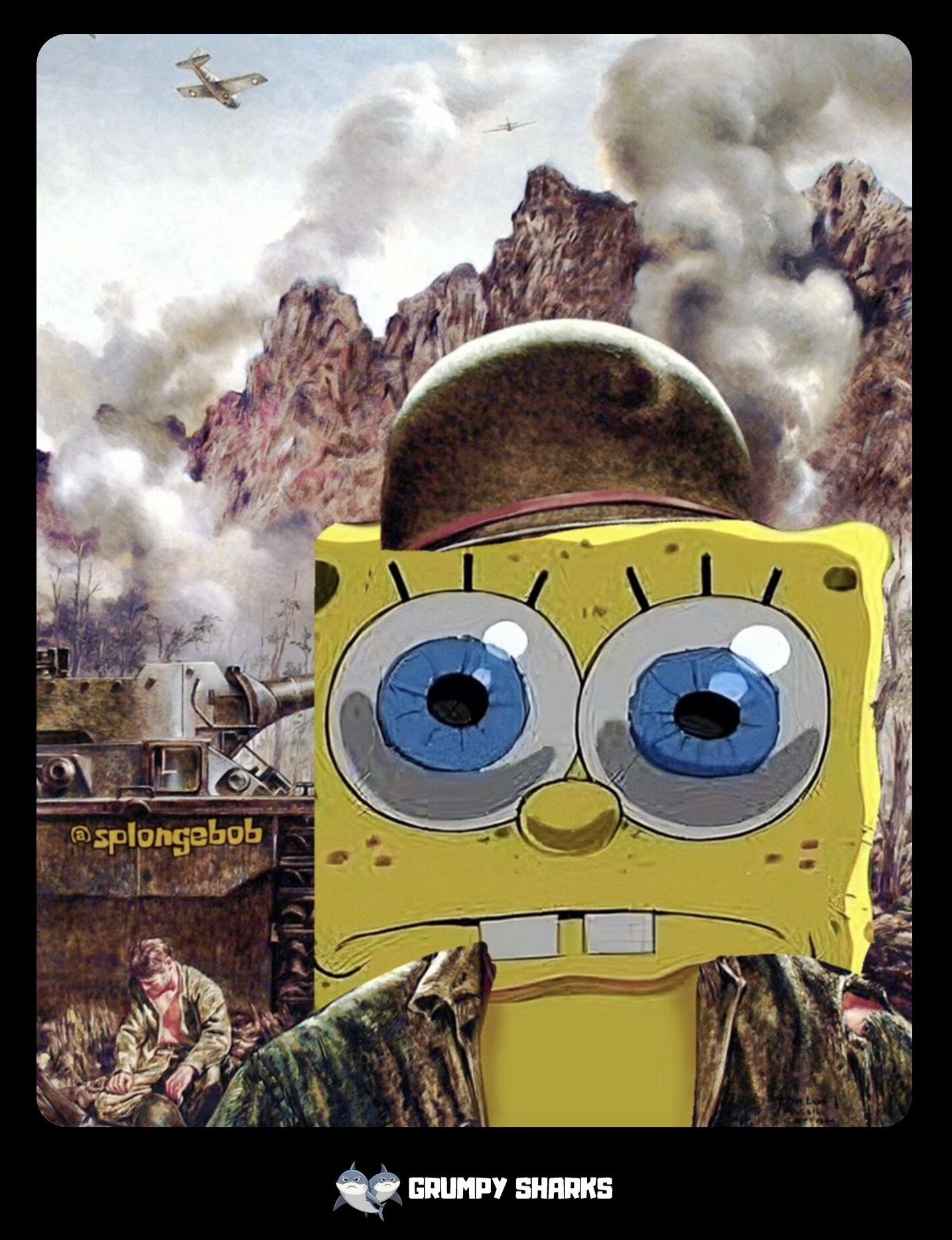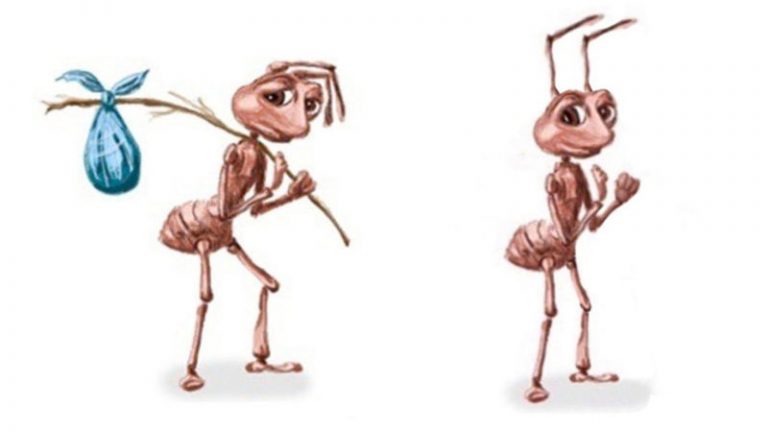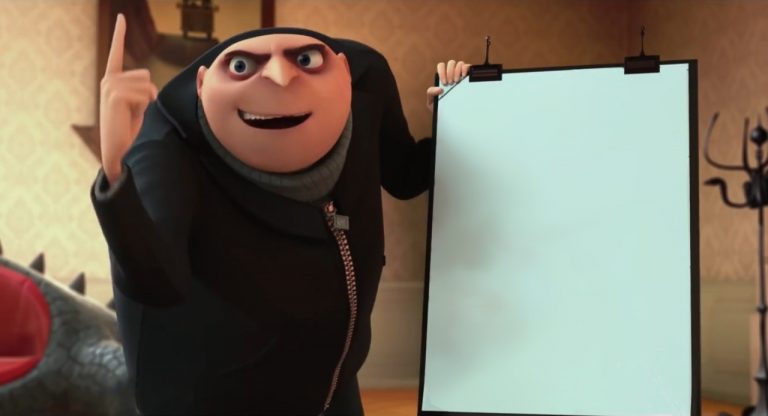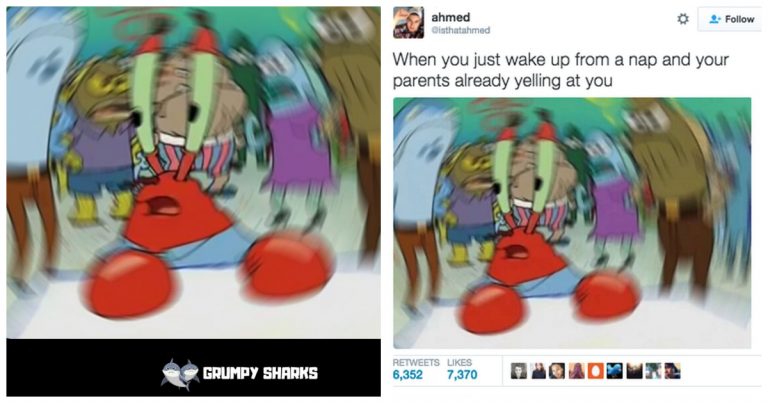Thousand Yard Stare Meme: Meaning, Origin, And Its Relationship With Kurt Angle’s Thousand‑Yard Stare Meme
The Thousand Yard Stare meme, also known in some circles as the PTSD meme, has taken a surprising turn in internet culture.
It originated from a chilling World War II painting by Thomas Lea titled The Two-Thousand Yard Stare, featuring a battle-worn soldier locked in an unblinking, distant gaze.
This visual, though rooted in deep psychological trauma, has become an unlikely comedic staple across TikTok, Reddit, and beyond. But how did this transformation happen—and what makes it resonate with people today?
Scroll down to read as we will share with you its meaning, origin, how it went viral, and its relationship with Kurt Angle’s Thousand‑Yard Stare Meme.
What Is the Thousand Yard Stare Meme?
The Thousand Yard Stare meme, also known in some circles as the PTSD meme, draws its emotional weight and visual impact from a chilling World War II painting by Thomas Lea titled The Two-Thousand Yard Stare.
In the original artwork, a Marine stares blankly ahead—eyes wide, jaw tight—while the chaos of war rages behind him. His face is a portrait of psychological detachment, the kind born not from weakness but from having witnessed too much.
The meme takes this emotionally raw imagery and applies it to modern, often trivial, moments of shock or exhaustion—turning solemnity into satire.
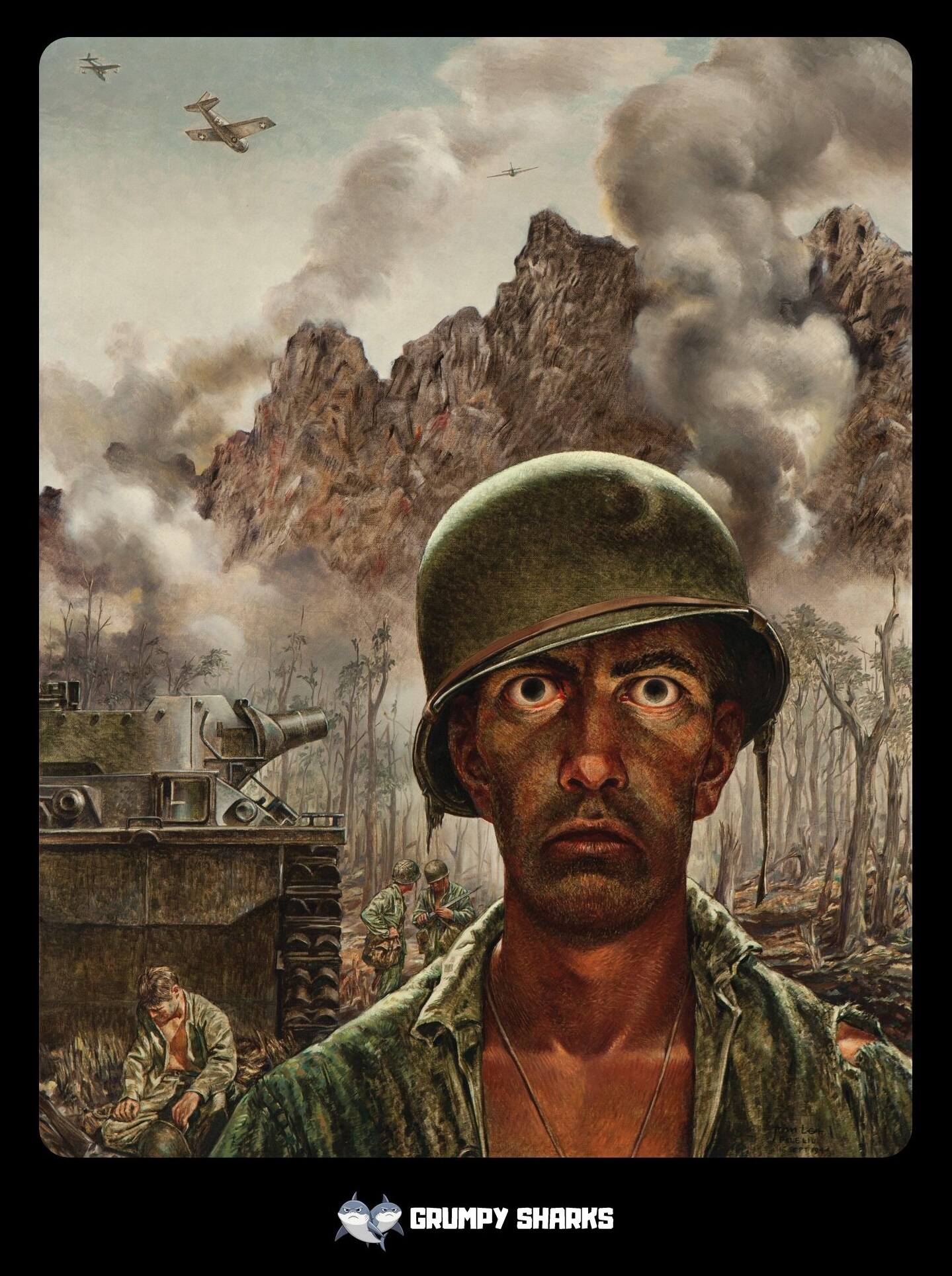
What Does the Thousand Yard Stare Meme Mean?
At its core, the Thousand Yard Stare meme represents mental shutdown in response to overwhelming stress, most often associated with combat fatigue or PTSD.
The phrase originated from descriptions of soldiers returning from battlefields with hollow expressions and unblinking eyes, as though seeing far beyond the present moment.
In meme culture, the term has been broadened to express modern-day burnout, digital fatigue, and the low-level dread of existing in a chaotic world.
Where did the meme come from?
The meme is based on the painting “The Two Thousand-Yard Stare” by a famous American artist named Thomas Lea.
The painting was created in 1944. It portrays a nameless real-life U.S. Marine who fought in the Battle of Peleliu, during the World War II, described by Lea as “gone and still going through hell.”
The image was featured in LIFE Magazine in 1996, decades after its creation, further cementing its emotional legacy. With the rise of image sharing online, this haunting gaze slowly evolved from museum-worthy artwork to a template for online catharsis.
Fast-forward to 2014, and Reddit users began recontextualizing this intense painting as a reaction image under the name “thousand‑yard stare,” inserting it into humorous situations—marking its journey into meme territory.
How did it go viral?
The meme gained traction on Reddit around 2014, particularly in r/PhotoshopBattles, where users began parodying the painting with absurd or humorous edits. But its true viral resurrection occurred on TikTok, where creators began animating the stare, pairing it with unsettling or humorous captions.
One TikToker might edit the Marine’s face onto a customer at the DMV; another might use it to illustrate their reaction to 3-hour Zoom calls.
@illusion_zzzz The 1,000 yard stare. #real #word #fypシ #xyzbca #fypシ゚viral
Its resurgence reflects the meme’s adaptability—serious in origin, universal in application.
The relationship with Kurt Angle’s Thousand Yard Stare Meme
In August 2023, wrestler Kurt Angle posted his TikTok debut. At the end of the video, he pauses mid-sentence and stares dead into the camera—prompting viewers to dub it the “Kurt Angle thousand‑yard stare.”
@realkurtangle Oh ItsTrue! YOUR Olympic Gold Medalist and WWE Hall of Famer Kurt Angle is NOW on TikTok! 🥇🇺🇲 #ProWrestling #Wrestling #OlympicWrestling #Olympics #WWERaw #Smackdown #NXT #WWE #KurtAngle #AEW
That TikTok clip quickly went viral, becoming a staple reaction GIF on TikTok, Twitter, and Instagram. By December, creators were pairing the intense stare with every relatable, stress-inducing caption imaginable .
Angle himself eventually embraced the meme. He told SquaredCircle (via Reddit) that while he was initially annoyed, he realized it was “actually a good thing.” He even monetized the reaction by selling meme-inspired prints, saying the meme “took on a life of its own” and earned him global exposure.
FAQs about the Thousand Yard Stare meme
Why Do Soldiers Have 1,000 Yard Stares?
The “1,000-yard stare” is a visual expression of emotional and psychological trauma. Soldiers often develop this blank, distant look after experiencing intense combat or life-threatening situations. It reflects a state of mental dissociation—a survival mechanism where the brain detaches from overwhelming stress or danger.
The term became widely recognized during World War II and symbolizes how war can change a person’s ability to process or connect with their surroundings.
Is the 1,000 Yard Stare a Symptom of PTSD?
Yes, the 1,000-yard stare is often associated with Post-Traumatic Stress Disorder (PTSD). It’s not a clinical diagnosis itself but a common physical manifestation of emotional numbness or detachment that comes with trauma. People with PTSD may experience this unblinking, distant gaze during flashbacks, dissociative episodes, or times of high anxiety. Though originally linked to soldiers, the stare is now recognized more broadly as a visual shorthand for deep psychological distress.
Conclusion
The Thousand Yard Stare meme is a fascinating case of cultural repurposing. What began as a wartime painting depicting unspeakable trauma is now a viral expression of daily dread and absurdity. Its staying power lies in the juxtaposition: a deeply emotional image reimagined for everyday modern disillusionment. Whether used to comment on school, work, or social media fatigue, this meme reminds us—sometimes, you don’t need words. Just a stare.


